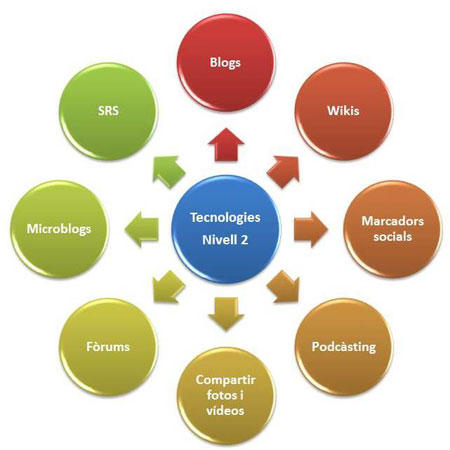Els serveis 1.0 i 2.0 a les biblioteques públiques en línia dels municipis de Bizkaia (Euskadi)
Objectiu: aquest article analitza l’estat de la qüestió dels serveis de l’anomenat web 2.0, i per exclusió els 1.0, a les biblioteques públiques de la Red de Lectura Pública de Euskadi en línia i se centra en la província de Bizkaia.
Metodologia: per tal de donar resposta als objectius plantejats en aquest treball, s’ha aplicat una metodologia basada en l’estudi de casos, amb la mesura de diferents dimensions i l’ús d’indicadors apropiats, alguns de molt habituals en aquest tipus de treballs i d’altres d’adaptats per aconseguir l’objectiu principal d’aquest treball. La recol·lecció de dades es va dur a terme durant el període comprès entre els mesos de setembre de 2012 i febrer de 2013.
Resultats: hi ha una disparitat entre les biblioteques objecte d’aquest estudi. D’una banda, una varietat de biblioteques biscaïnes que estan en una fase d’oferir serveis 1.0; d’altra banda, algunes biblioteques estan en un estat de propostes 2.0 molt ampli, freqüent i mantingut en el temps. L’aportació principal d’aquest treball és la formulació de la taxa d’abandonament 2.0, indicador que quantifica l’efecte de la moda pel que fa als serveis 2.0. — Objectives: This paper examines the provision of Web 2.0 services and the consequent exclusion of Web 1.0 services in different libraries in the Basque network of public online libraries (Euskadiko Irakurketa Publikoko Sarea) in the province of Biscay.
Methodology: The researchers conducted case studies of different libraries in the network using a series of parameters and indicators to determine the provision of Web 2.0 and Web 1.0 services. Some of the parameters that were used are customary in the field while others were tailored to the requirements of the study. The data were retrieved during the period between September 2012 and February 2013.
Results: A disparity was observed between the libraries where some libraries consistently offered just Web 1.0 services while others offered a wide range of Web 2.0 services, which were fully maintained and updated. The main findings of this study were presented in the formulation of a Web 2.0 drop rate, an indicator that quantifies the effect of the trend for Web 2.0 services.

